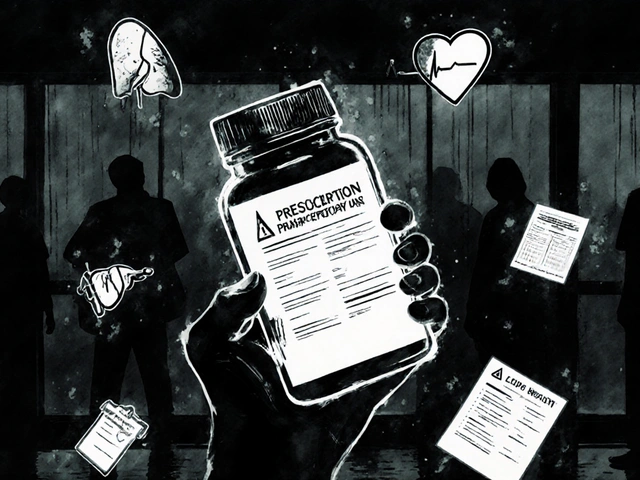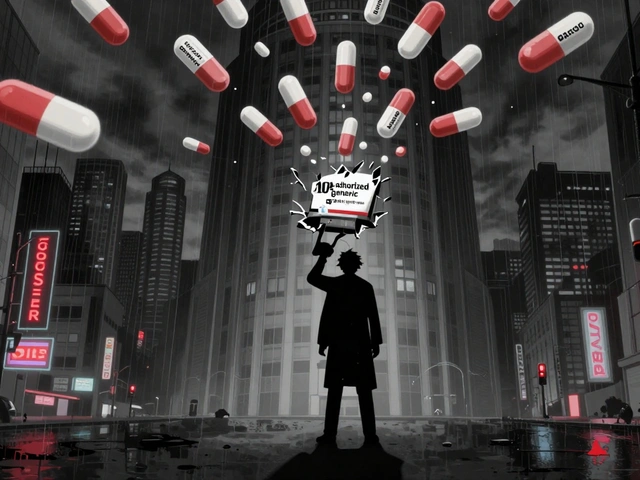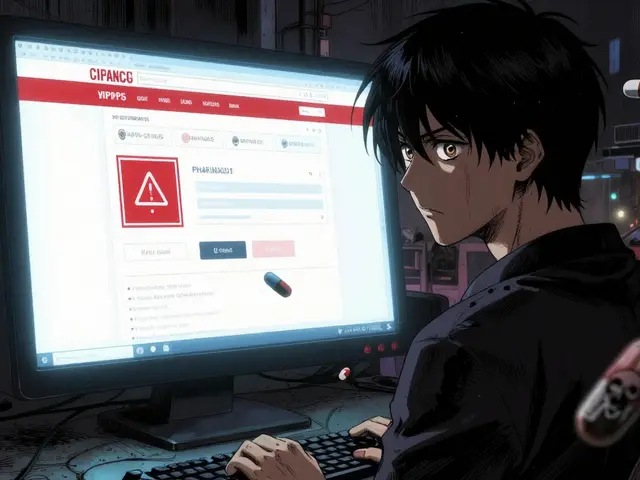HIV Testing: How It Works, Where to Get Tested, and What Comes Next
If you’ve ever wondered whether you should get tested for HIV, you’re not alone. Many people put off testing because they think it’s complicated or scary. The truth is that getting an HIV test today is quick, confidential, and often free. Knowing your status early can help you stay healthy and protect others.
Regular testing matters because HIV doesn’t always show symptoms right away. Waiting for signs can mean missing the window for early treatment, which works best when started soon after infection. A simple test lets you take control of your health and plan next steps with confidence.
Types of HIV Tests
The most common option is a rapid test that uses a finger‑stick blood sample or oral fluid. Results appear in 20 minutes, so you leave the clinic knowing right away if you’re positive or negative. These tests are accurate for most people, but a follow‑up lab test may be needed if you have recent exposure.
Traditional lab tests require a small draw of blood that’s sent to a laboratory. They can detect HIV sooner after exposure than rapid tests and usually give results in a few days. If the lab test is positive, another confirmatory test is done before any diagnosis is given.
Where to Get Tested
You can walk into community health centers, many pharmacies, or local hospitals for a free or low‑cost HIV test. Most places offer anonymous testing, meaning your name isn’t attached to the result unless you choose to share it with a doctor.
If you prefer privacy at home, over‑the‑counter kits are sold online and in some drugstores. You collect an oral swab or finger‑stick sample yourself and send it to a lab or read the result after a short waiting period. Home kits cost more than free clinic tests but let you test on your own schedule.
Cost varies by location, but many public health programs cover the price completely. Check local government websites for testing sites near you, and don’t hesitate to call ahead to ask about confidentiality policies.
When a result comes back negative, you’re clear for now—but keep in mind that recent exposure may not show up yet. If you think you might have been exposed within the last few weeks, retest after 2‑4 weeks or get a follow‑up lab test at 3 months.
A positive result can feel overwhelming, but it’s just the first step toward treatment that lets most people live long, healthy lives. Your testing site will guide you to doctors who specialize in HIV care and can start medication right away.
Bottom line: testing is easy, confidential, and often free. Pick the method that fits your lifestyle—rapid clinic test, lab blood draw, or a home kit—and get tested today. Knowing your status helps protect you and those around you.
As a blogger, I've come across a crucial topic that highlights the importance of HIV-1-2 testing in relation to substance abuse. Substance abuse often leads to risky behaviors, which can increase the chances of contracting HIV. By encouraging and providing HIV-1-2 testing to those struggling with addiction, we can help identify and treat the virus early, improving their overall health. Additionally, testing promotes safer practices and increased awareness surrounding HIV transmission. Ultimately, HIV-1-2 testing serves as a vital tool in supporting and protecting vulnerable populations, such as those battling addiction.








